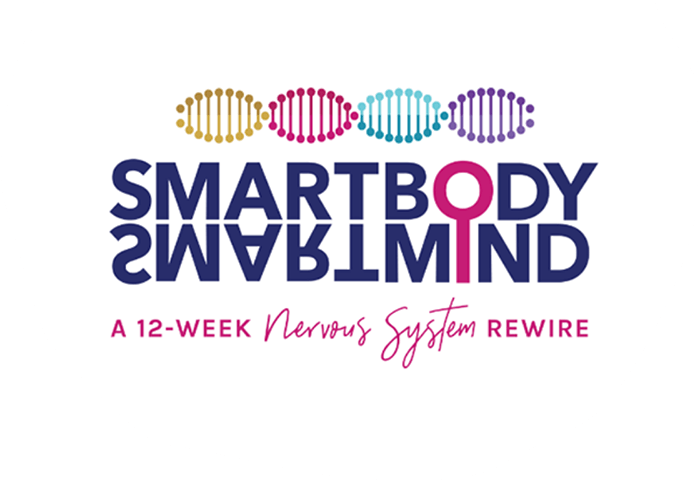This section addresses the following questions:
- I’m having issues digesting, have low blood pressure and feel like a vegetable. Is it possible that my body is stuck in conservation mode?
- I’m in perpetual freeze/shut down. What can I do to engage my Sympathetic Nervous System?
- No matter how much I sleep (8-10 hours), I still wake up feeling like it’s not enough. Is this an indication of a freeze/hibernate mechanism gone awry?
- I have poor circulation. Why are my feet and hands always cold and sweaty/clammy?
- What’s the difference between freeze and dissociation?
- How do I know I’m in freeze and what should I expect when I start to come out of freeze?
When the freeze response has become an imbedded part of how we deal with stress, meaning it’s constantly on to some degree, it can have many manifestations in our physiology, mind, and how we engage with the world. Low blood pressure, constipation, poor circulation (leading to cold extremities), chronic fatigue and lethargy, and poor immune function are all pretty common physiological experiences when we are living with an unresolved freeze response. Depression, lack of motivation or purpose, and a sense of hopelessness are also all common manifestations.
In evolutionary terms, the freeze response comes on in order to protect a mammal who has failed to fight off or flee from a predator by stopping all functions not immediately essential for survival, bringing the blood more into the core or the body, lowering the heart rate, and numbing the system…all to keep the animal from feeling the pain of being eaten. Basically, if the freeze response comes on it’s because the physiology expects to die — hence the numb, dissociated state. So, dissociation is a part of the freeze response function; it is not the freeze response itself.
When one starts to come out of freeze what generally happens is they start to feel things, often uncomfortable sensations and emotions associated with the unresolved trauma and activation the freeze was keeping a lid on. This may be accompanied by improvements in energy and biological function, especially if we can allow these uncomfortable experiences, not shut them down out of fear, which takes the right education, support, and tools, which you will get a lot of in this program.
Gently engaging the Sympathetic Nervous System (SNS) with mild to moderate exercise may help support coming out of freeze if the system is ready for it. Often what needs to happen first though, is for the physiology to feel supported and cared for, to feel safe. This is why understanding our resources and learning to orient to safety are the first lessons in this program, and why we encourage participants to return to those basics again and again.
